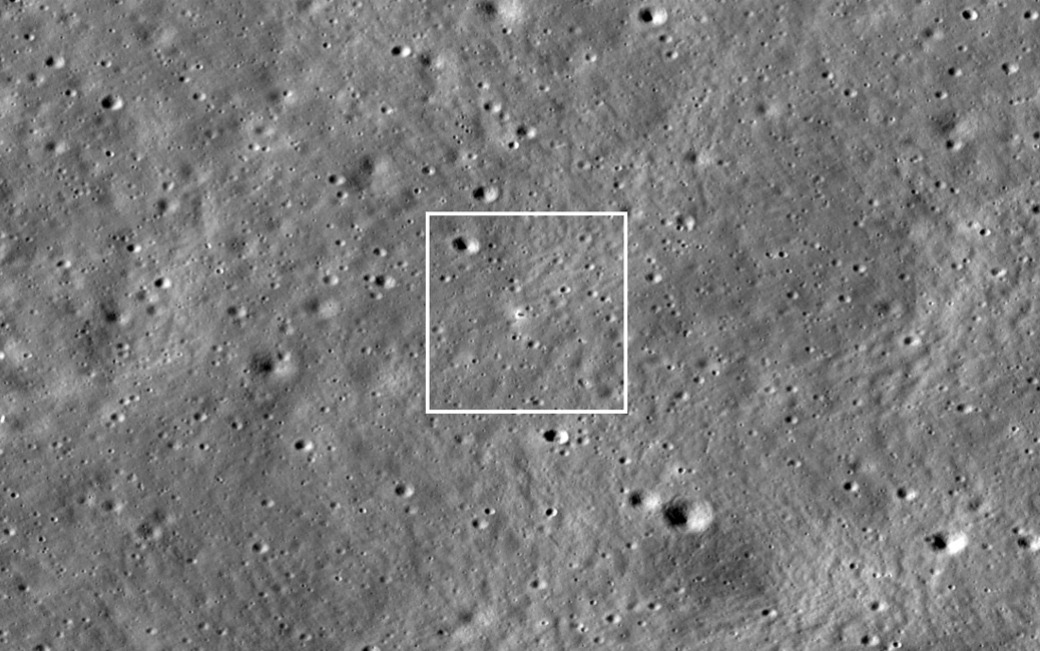American space agency NASA’s Lunar Reconnaissance Orbiter (LRO) recently captured a picture of the lander of Chandrayaan-3, India’s third mission to the moon. It was the first spacecraft to successfully touch down near the lunar south pole, and this image was taken by LRO on August 27, just four days after the historic lunar landing.
Sharing the image on social media platform X, the space agency wrote, “LRO spacecraft recently imaged the Chandrayaan-3 lander on the Moon’s surface.”
According to NASA, the LRO camera achieved a diagonal view (42-degree slew angle) of the lander four days later. The plume of the bright halo rocket around the vehicle interacts with the fine granular regolith (soil).
LRO is operated by NASA’s Goddard Space Flight Center in Greenbelt, Maryland for the Science Mission Directorate at the agency’s headquarters in Washington.
Meanwhile, the Indian Space Research Organization on Tuesday released a three-dimensional ‘anaglyph’ image of the Chandrayaan-3 Vikram lander from the moon’s south pole.
“The anaglyph presented here is created using NavCam stereo images, which consist of both a left and right image captured onboard the Pragyan Rover,” the space agency said on X .
An anaglyph is a simple visualization of an object or terrain in three dimensions from a stereo or multi-view image.
In this post, ISRO stated, “In this 3-channel image, the left image is positioned in the red channel, while the right image is placed in the blue and green channels (creating cyan). The difference in perspective between these two images results in the stereo effect, which gives the visual impression of three dimensions. Red and cyan glasses are recommended for viewing in 3D,”.




